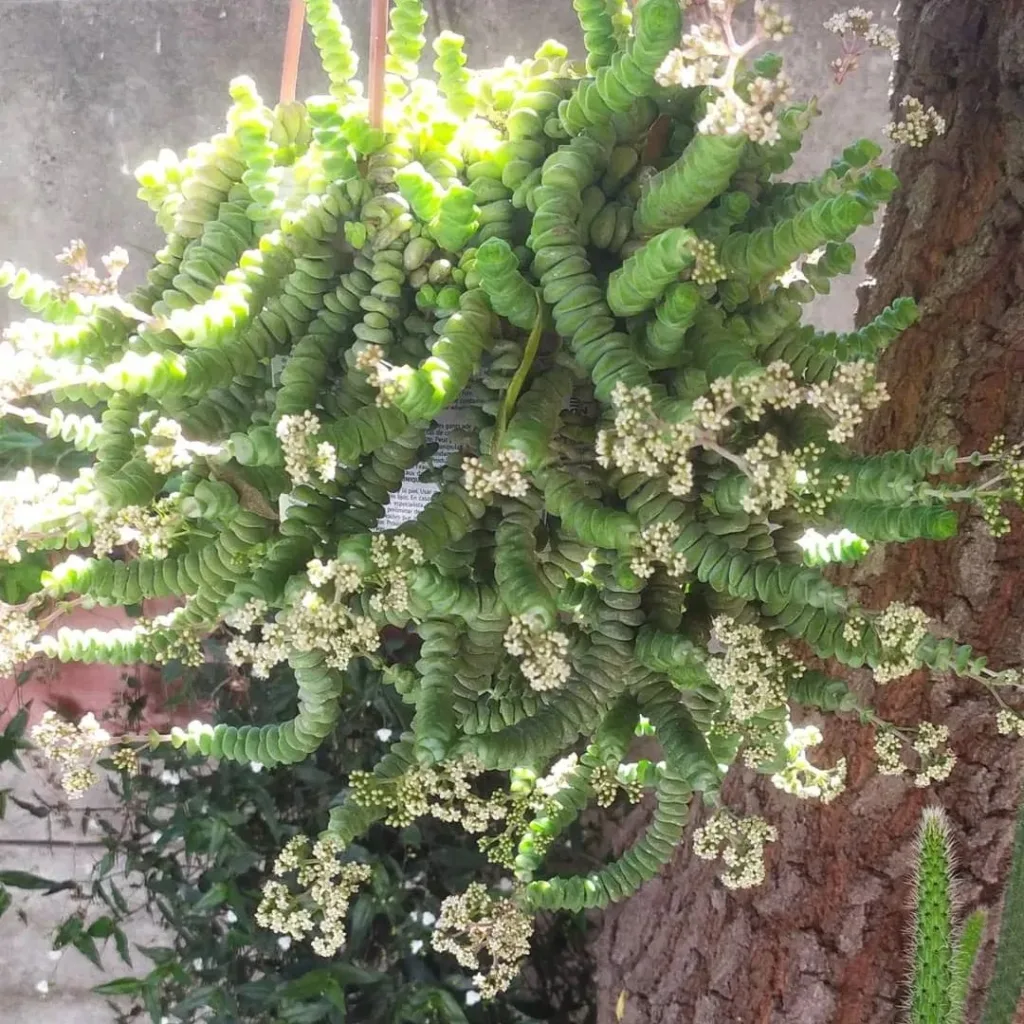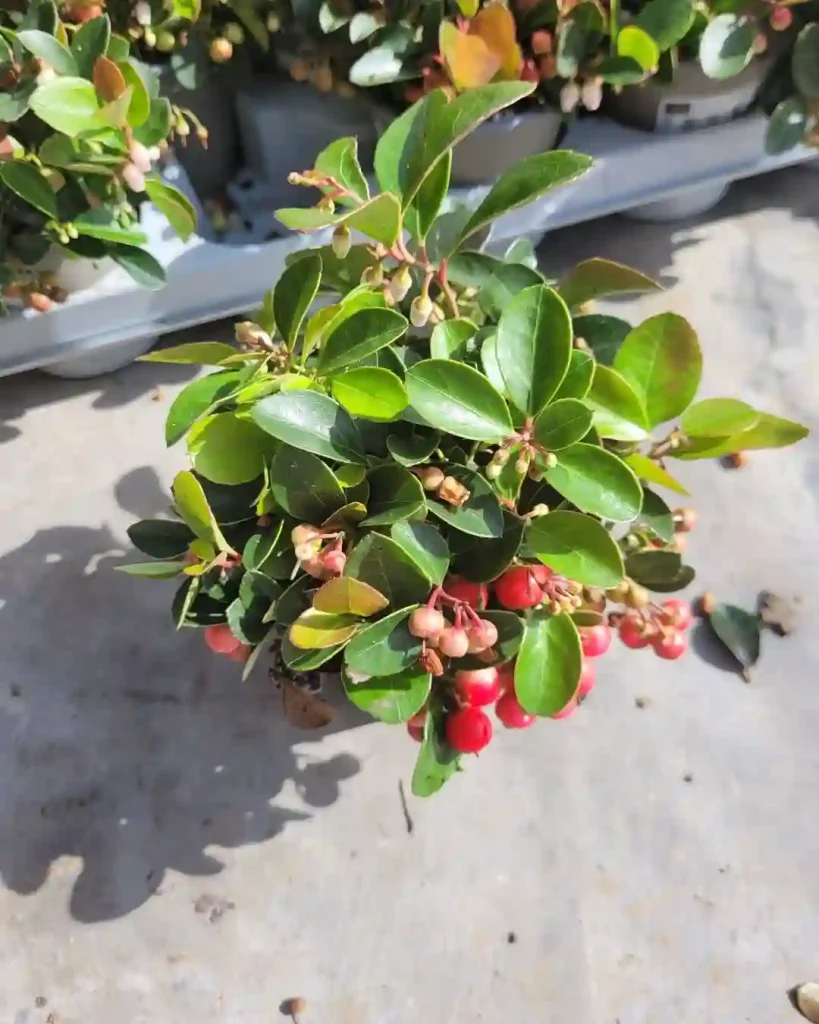Exploring the Centroplacaceae Family: My Personal Journey
When it comes to exploring plant families, I’ve always been fascinated by the lesser-known ones that don’t get much attention but have intriguing botanical characteristics. One such family I’ve delved into is Centroplacaceae. This small plant family doesn’t enjoy the same level of recognition as larger families like Asteraceae or Fabaceae, but it carries unique significance in the plant world. As someone who’s curious about rare plant families, I find Centroplacaceae particularly captivating.
The family Centroplacaceae is modest in size, consisting of only two genera: Bhesa and Centroplacus. While the diversity within the family is limited, the ecological and morphological aspects of these genera make them worth exploring.
The Centroplacaceae Family: An Overview
Centroplacaceae is part of the order Malpighiales, which includes a wide array of flowering plants. The Malpighiales order itself is diverse, encompassing families like Euphorbiaceae, Passifloraceae, and Phyllanthaceae. However, within this larger order, Centroplacaceae stands out because of its unique morphological and geographical characteristics.
The species within Centroplacaceae are primarily distributed in the tropical regions of the world, which already piques my interest as a lover of tropical flora. While they don’t have widespread horticultural uses like more popular plants, their rarity and limited scientific coverage make them appealing to botanical enthusiasts like me.
Bhesa: A Genera with a Tropical Focus
Of the two genera within Centroplacaceae, Bhesa has always been particularly intriguing to me. This genus consists of several species, most of which are found in tropical Asia. From the species I’ve studied, Bhesa thrives in humid, tropical environments, often growing in lowland forests. Some species of Bhesa are medium to large-sized trees, which makes them striking in their natural habitats.
The most well-known species in this genus is Bhesa paniculata, which I’ve come across in botanical studies focused on tropical ecosystems. It grows as a tall tree, sometimes reaching over 20 meters in height. The simple, evergreen leaves are lanceolate, giving the tree a characteristic tropical appearance. In its natural environment, Bhesa paniculata plays a role in forest ecosystems, contributing to the structure of the tropical canopy.
What draws me to Bhesa species, beyond their tropical nature, is their unique flowers. The flowers of Bhesa species are small and grow in panicles, hence the name Bhesa paniculata. The flowers might not be as showy as those of some other plant families, but they hold an understated beauty. They are typically white or greenish in color, blending in with their surroundings but contributing to the overall ecosystem through pollination.
Centroplacus: A Singular Genera
The other genus in the family, Centroplacus, is even more enigmatic. Unlike Bhesa, Centroplacus has only one recognized species: Centroplacus glaucinus. This species can be found in parts of tropical Africa, primarily in countries like Guinea, Liberia, and Sierra Leone. Its limited geographic range adds to the intrigue, making it a plant that’s rarely encountered outside of its native habitat.
Centroplacus glaucinus is a small to medium-sized tree. Like Bhesa, it has simple, evergreen leaves, but what sets it apart is its glaucous (bluish-green) foliage, which gives the tree its name. The leaves have a leathery texture, a common trait among plants that grow in humid tropical environments.
One of the things I find fascinating about Centroplacus glaucinus is its adaptation to its environment. The species thrives in wet, tropical lowlands, where it plays an important role in maintaining the integrity of forest ecosystems. The tree’s presence helps stabilize the forest floor, preventing soil erosion in areas that are prone to heavy rainfall.
Although Centroplacus isn’t widely studied, its singularity makes it a prime candidate for conservation efforts. With the increasing threats of deforestation and habitat loss in tropical Africa, species like Centroplacus glaucinus need to be protected to preserve the biodiversity of the regions where they naturally occur.
Ecological Importance of Centroplacaceae
Both genera in the Centroplacaceae family play roles in their respective ecosystems, even if they aren’t widely recognized for their ornamental or economic value. For me, this adds a layer of significance when studying plants like Bhesa and Centroplacus. They contribute to the biodiversity and stability of tropical forests, serving as essential components of the ecosystems they inhabit.
Moreover, their rarity makes them subjects of interest for conservationists. With tropical deforestation being an ongoing issue, preserving plant families like Centroplacaceae is crucial to maintaining the overall health of these ecosystems. Both Bhesa and Centroplacus species could be vulnerable to habitat loss, given their limited distribution. This adds a sense of urgency to understanding and conserving them.
Conclusion: Why I’m Drawn to Centroplacaceae
For me, the beauty of studying the Centroplacaceae family lies in its uniqueness. While many plant families are larger and more diverse, Centroplacaceae offers a glimpse into the more hidden aspects of tropical ecosystems. The genera Bhesa and Centroplacus may not be well-known, but they carry with them an ecological significance that can’t be overlooked.
In my personal exploration of plant families, Centroplacaceae stands out as a family that represents the delicate balance of tropical environments. Whether it’s the towering trees of Bhesa paniculata in Asia or the glaucous leaves of Centroplacus glaucinus in Africa, this family embodies the diversity and complexity of tropical ecosystems. It’s these less-known, yet fascinating families that keep me excited about botany and conservation.
If i die, water my plants!



